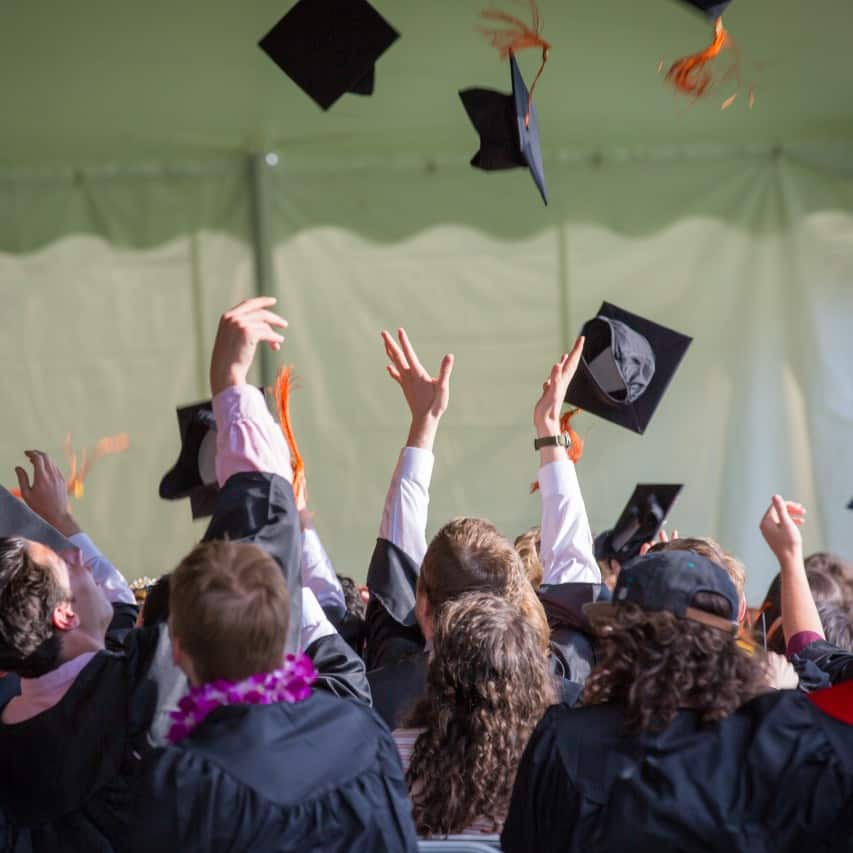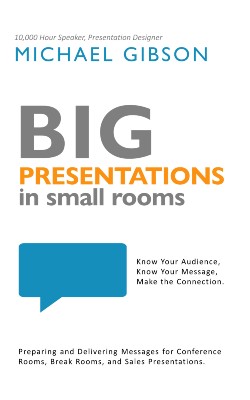Presentation MicroStories are Powerful
Presentation Microstories are told quickly. Sometimes they are created by asking a simple question. Even if you have a solid presentation in place, a presentation microstory can increase the engagement and retention of your audience. This is a powerful tool!
Presentation MicroStories: Examples
Wilbur was concerned. His caretakers were walking away, leaving him alone in a massive room filled with strangers. It was his fourth change of location in four days. New people, new places. And now this. In a cage, surrounded by strangers.
Who is Wilbur? Where is he? Why are his caretakers walking away?

All these open loops capture the attention of the audience.
When you are delivering a big presentation in a small room, you might be able to create a powerful short story. Or you might be able to craft a question that will serve the same purpose. It creates a story that needs to be resolved.
Kirk Cowell, a guest on The Big Presentations Podcast, shared an experience where a question captured the audience. The question was posed to a large group of people who had something in common. They all worked at a local community college.
The question was this, “How many hours does the average student have when they get their associate’s degree?”
Good question.
The ideal answer would be 60. But life isn’t ideal. Students sometimes end up with additional hours. But how many? 3, 6, 9? Surely not more than 9.
The presenter allowed time for curiosity to build and for desire to build. Then she revealed the answer.
The answer was 90. The average student has 90 hours when they graduate. Remember the ideal is 60.
That fact creates a story in the mind of each audience member. Students, who are often young and struggling to pay for classes, are compiling an entire year’s worth of additional hours. All that time. All that money.
Something needs to change.
All those thoughts were created with a simple fact. The average student graduates with 90 credit hours when only 60 are needed.

Presentation MicroStories: Applications
To create a great presentation microstory, consider the content of your next presentation. What story could create curiosity and a desire for resolution? What question could create a story once the answer is revealed?
Imagine you are training airport employees who provide care for pets who are confined to crates in the cargo hold. You want to create a sense of empathy for the traveling pets.
You could tell Wilbur’s story. Wilbur is a golden doodle traveling from Fort Worth, TX to Vienna, Austria. The travel was partly by car as the family drove from Fort Worth to Detriot with an overnight stay in Nashville. Then came another car ride from Detroit to Chicago, where his caretakers lovingly settled him into a crate and entrusted him to the care of the airport personnel. They walked away to go through security and then to their flight. They will see him in 20 hours.
Or you could as a question like, how many places has a pet traveled to by the time they reach you?
This approach would create compassion for stressed-out pets… and their owners!

Presentation MicroStories: Tips
Here are a few things to consider as you craft a presentation microstory or a storytelling question.
First, keep the content close to home. Do not try to force-fit your favorite stories, movie scenes, or moments from a book. The most effective stories and questions will keep the focus of your presentation without creating distractions. For example, an illustration from Star Wars might send some fans off on a tangent while causing others to shake their heads and roll their eyes. But a quick story about something that happened at work or that highlights a customer’s experience will keep it close to home and protect your focus.
Second, keep the length to 75 words or less. This will keep the time short—to about 30 seconds. If it is much longer, then you are using up too much of your already-short presentation time. Don’t get carried away!
Third, when crafting your presentation microstory, consider what elements to leave out in order to create curiosity. Can you hide the identity of the main character, or can you withhold the ending of the story? How can you create an open loop that creates a desire to know more?
If you are crafting a storytelling question, carefully consider which fact to focus on. What question would create the most curiosity? What question and answer will create a story in the minds of the audience?
Finally, set aside time to practice your storytelling or to memorize your question. This is too important to risk a stumbling presentation.
You know how frustrating it is when someone is excited about telling a joke and then cannot remember how it goes? This is similar.
The story or question will work best when it comes at the beginning of the presentation. You are making a first impression as you tell the story or ask the question. Make sure that you are ready to do it effectively!

Are you looking for a community of encouragement and guidance? Join The Workplace Presentations Hub and receive a bonus resource, “Quick Tips for Storytelling.”
Want to hear more? Check out The Big Presentations Podcast.




